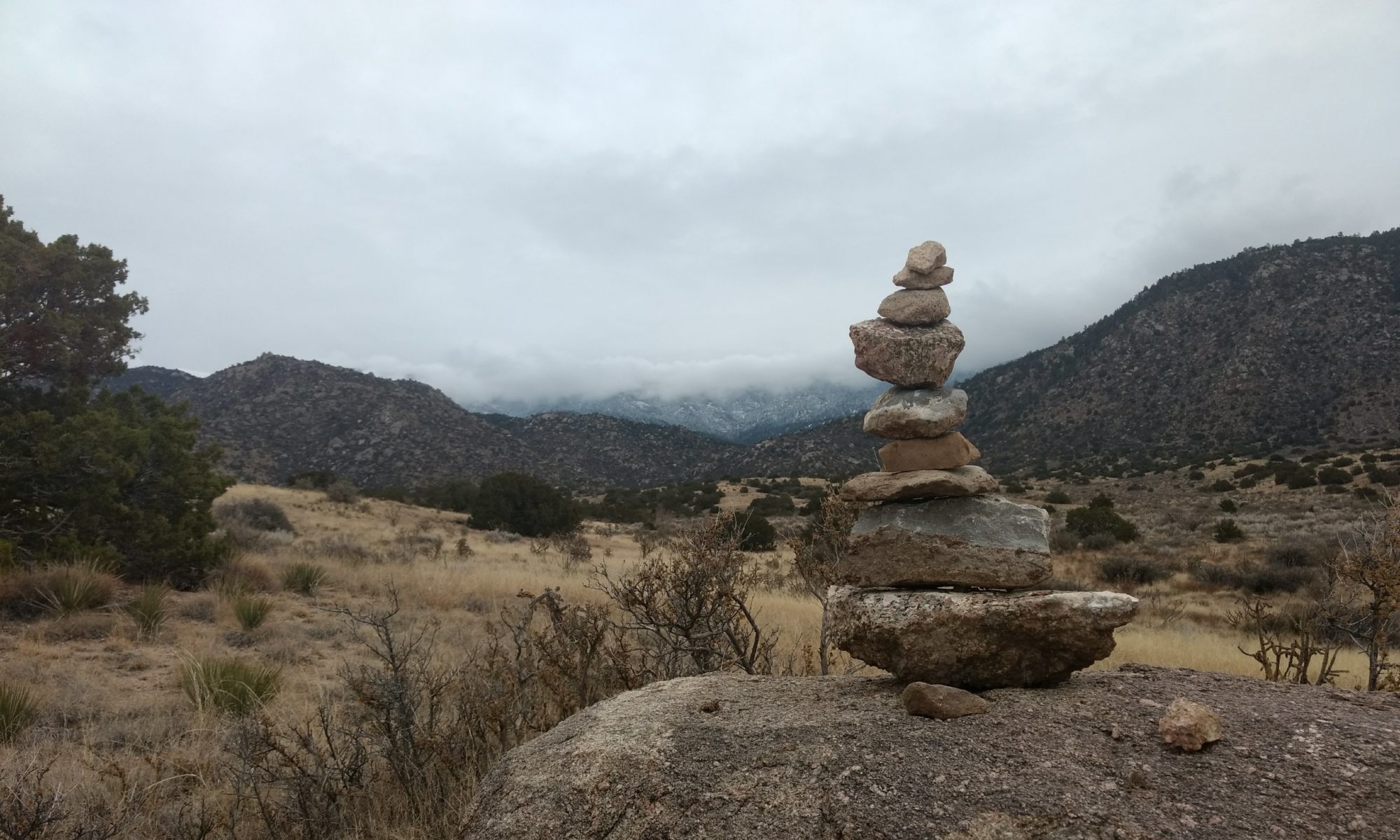While participating in a discussion on Google Buzz tonight about the growing Chinese financial influence on the world economic stage, I came across a wordy dissertation from a Nigerian website that stated a simple, but powerful premise. Nigeria, an India or China in the making?  My answer. Not at first glance, but as I dug deeper into the word salad I took away from it a call to the Diaspora and expatriates out there to come “home†and take what they have learned in self-imposed exile to build a new homeland. This has started to happen to a certain extent. In my travels around Nigeria I experienced a land ripe with opportunity and confident in its own future destiny. Many there (who can afford it) go abroad to acquire skills in University then, when the opportunity presents itself, return home to become business and political leaders. Even in Silicon Valley’s  large Indian expatriate community, some have begun to question staying after college or start-up blue sky exits. Sentiment has disturbingly begun to turn against foreigners in places from the U.S. to Europe. The H1B visa crisis here in the U.S. risks alienating future Indian (or any foreign)  born tech workers and entrepreneurs. This has a tendency to happen when economic times get rough as disenfranchised natives grow wary of those whom they conceive as alien interlopers. But this time when things get back to our new normal and advanced economies begin their growth and recovery those dependable (and increasingly necessary guest workers) may not be there. They might just decide to take their talents and go back to their homeland. That ain’t all a bad thing. For the world to recover from this latest economic mess we will need a broad based recovery from all corners of the globe. As the author of the post that inspired me Basil Jide Fadipe stated:
“Today, ‘all’ or nearly all are coming home to roost; the physical, intellectual and economic powers are now heading back home, jump starting, and in many instances re-oxygenating the corporeal and corporate India/China.â€
In future posts I will explore this growing trend especially in Nigeria where I now have a renewed ancestral connection. As Africa’s most populous nation, Nigeria (and most of West Africa) is poised for growth because of its location and natural resources; particularly their people the most valuable resource of all. Africa is the final frontier for growth in the next century. The race between the BRIC nations (Brazil, Russia, India and China) for the natural resources to grow their economies will take place on the continent.
The impoverished but vibrant streets of Lagos, Nigeria





